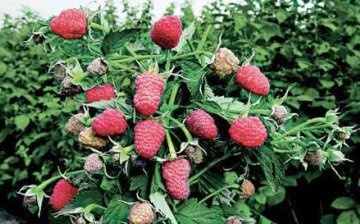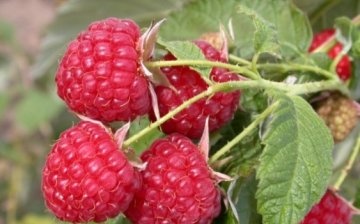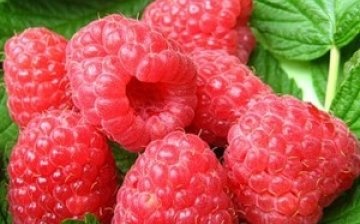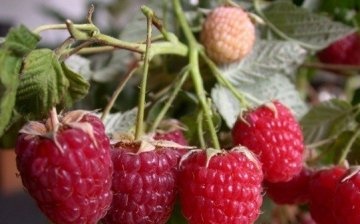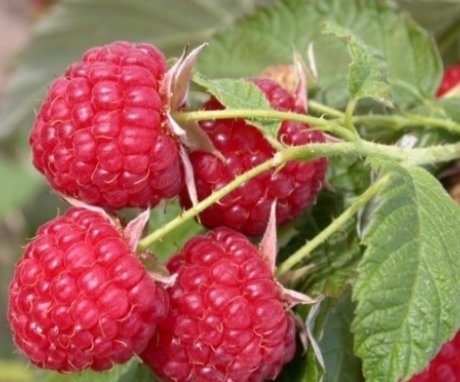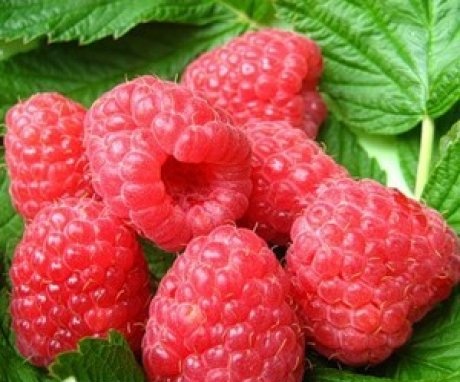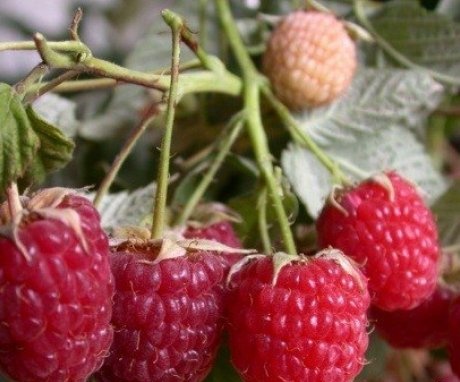Raspberry tree
Hardly anyone does not know the raspberry plant, did not try its berries, and rarely did anyone not like it. In addition to their amazing sweet or sour-sweet and tasty fruits, raspberries are also very useful. It is used as a cure for colds. In folk medicine, it is also believed that tea made from raspberry twigs is a good remedy for fever, although traditional medicine refutes this, since raspberries are a diuretic.
Content:
Consequently, if raspberries are used at a temperature, the body, especially in need of liquid during this period, on the contrary, loses it, which can lead to dehydration of the body.
But if the bush raspberries is known to everyone, tree raspberries are less popular, many have not even heard of it. But despite its unpopularity, raspberry tree has the same taste and, moreover, is even more picky about care. It can also grow anywhere, under a fence or in a house, and does not need much maintenance.
Miracle tree
Raspberry tree - this is how the raspberry tree is often called. It got this name because of its powerful shoots. When you look at an area with a tree-like raspberry, it seems that it is planted with trees.
Such raspberries are characterized not only by excellent taste, but also by high yields. In addition, the tree raspberry is an ornamental plant with velvety leaves, which is very beautiful during flowering and has large fruits.
Shoots of tree raspberries have a felt and waxy coating and are completely devoid of thorns. Her internodes are shortened.
Raspberry tree does not need support, but it is still desirable to grow it on a trellis. In its height, it reaches two meters.
Fruit branches are characterized by strong thickening and form 15-20 berries each. The berries of the raspberry tree ripen in early July. They are elongated and weigh up to 16 grams. From one bush, you can collect 3-4 kilograms of berries, which are distinguished by their excellent density and are easily transported. They can be stored in the refrigerator for a week without losing their taste. The berries have a pleasant "raspberry" aroma, juicy melting pulp and a few small seeds. They are suitable for fresh consumption and conservation. You can make jam, jam and marshmallow from such berries. They are also suitable for drying.
Ripening of berries is amicable. The berries, due to their density, can hold out on the bush for 3-4 days. Therefore, the crop is usually harvested 2 times a week.
Top dressing
In order for a tree to bear fruit well, you need to provide feeding peat, humus or manure. Top dressing doubles the yield of the raspberry tree.
When growing tree raspberries, you can use an effective method that helps to retain moisture and supply nutrients to the roots. To do this, spread manure with a layer of 15-20 centimeters over the entire area with raspberries. Instead of manure, you can use urea or saltpeter. But it is brought in about 100 grams per 1 running meter.
In autumn, it is advisable to fertilize the soil under raspberries with mineral fertilizers. These fertilizers are scattered over the soil surface and covered with a rake.
Landing
At landing leave a distance of 50-70 centimeters between the bushes, and 2.5 meters between the rows.If the aisles are narrower, then the lower buds will not have enough light and berries will not form on them.
Treelike raspberries, unlike ordinary ones, form little overgrowth and do not pose problems for the gardener, since they do not creep over the site.
Reproduction
Common raspberries are most often propagated by root suckers. But since the raspberry tree almost does not form them, root or stem cuttings are taken for reproduction. You can use seed propagation, but this process is too laborious and therefore very rarely used.
Watering
Raspberry tree belongs to moisture-loving plants and requires frequent glaze... To reduce the frequency of watering, it is recommended to cover the aisles.
Pruning
Treelike raspberries require pruning three times a year. The first time it is cut in May. At this time, you should remove excess, dry and damaged branches, leaving 7 shoots on each bush.
Re-pruning is done in June: the tops of the bushes are cut off. In July, the side shoots are cut off so that the bush can direct all its power to the formation of flower buds, thereby increasing the yield.
Wintering
One nuance needs to be known for those who have tree raspberries. Tree raspberries, being quite frost-resistant, may not withstand 30-degree frost. Therefore, it is better to bend and dig it in the fall. This work should be done in early autumn. At this time, the branches show flexibility and do not break, as in late autumn.
Pests and diseases
A distinctive feature of this variety of raspberries is that it is quite hardy to pests and diseases, but even if a trouble occurs, this does not affect fertility in any way.



